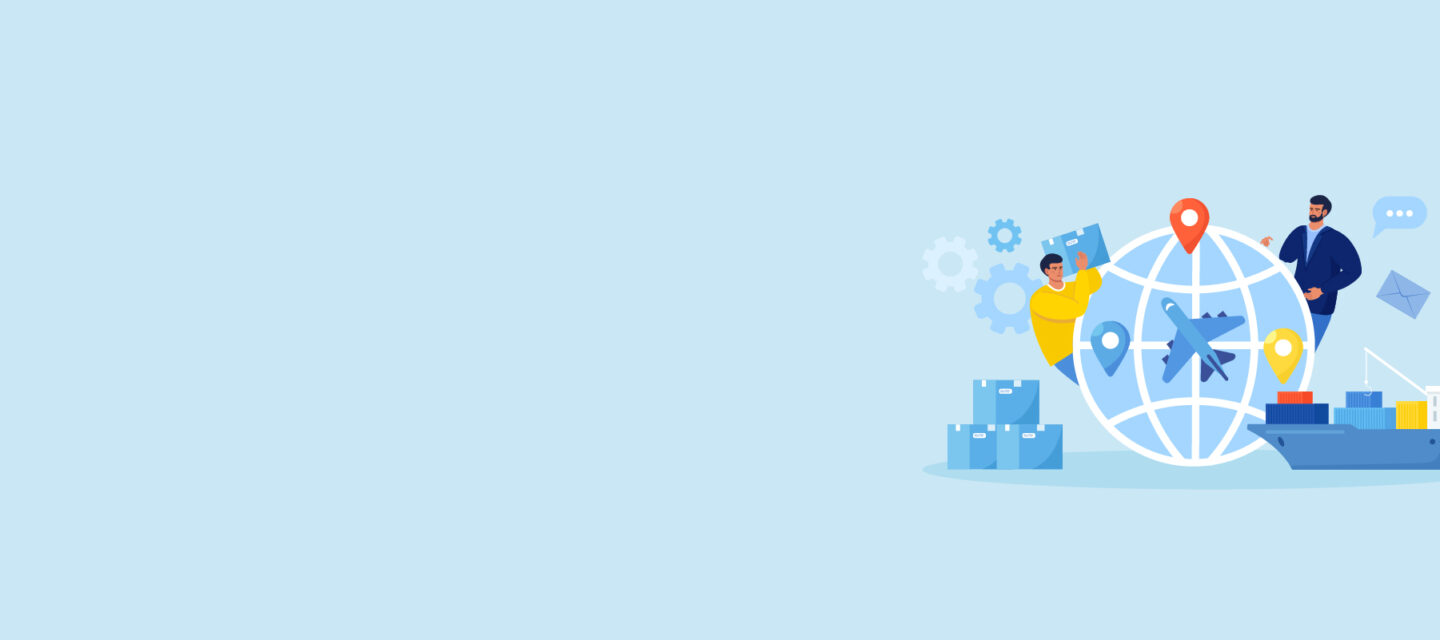
How to manage power dynamics in high-stakes negotiations
Former FBI agent Joe Navarro explains how to leverage non-verbal cues, manage power dynamics, and build trust to overcome deadlocks in negotiations....

by Ana Elena Sancho Calvino Published September 2, 2024 in Competitiveness • 6 min read
At the time, this group of 20 leaders sought to avoid a repeat of the 1930s protectionist era, which led to a sharp contraction in international trade that worsened the effects of the Great Depression.
Today, a new generation of G-20 leaders is advocating a shift in international trade relations – one that eschews their predecessors’ anti-protectionist pledge – to prioritize goals such as national security, public health, climate change mitigation, and supply chain resilience. These leaders are hoping to persuade multinational firms that globalization is not solely a means to chase cost efficiencies.
As governments continue down the path of protectionism, here are five questions executives should ask to better understand the impact such policies have on their businesses.
Protectionist measures generally increase the price or availability of imported goods and services, which creates a competitive advantage for domestic producers.
Traditionally, protectionist measures were economic tools aimed at shifting consumer spending from foreign to domestic goods and services. Taxing imports was the classic protectionist tool but import quotas (limits) and competitive currency devaluations were deployed in the 1930s as well.
Protectionist measures generally increase the price or availability of imported goods and services, which creates a competitive advantage for domestic producers. These tools are often applied to achieve various objectives including:
“Protectionist measures can also lead to trade tensions and result in retaliatory measures that may negatively affect unrelated sectors.”
Yes, protectionist measures can often result in unintended consequences. Tariffs on intermediate goods, such as steel products increase downstream buyers’ costs for final products, like vehicles and home appliances.
Poorly targeted corporate subsidies can lead to over-expansion by firms and potential dumping on world markets. Protectionist measures can also lead to trade tensions and result in retaliatory measures that may negatively affect unrelated sectors.
Governments now realize that foreign investments and cross-border data transfers can affect domestic firms.
Traditionally, protectionism referred to measures that curbed imported goods. Nowadays, the notion of protectionism has expanded as governments favor domestic goods and service firms using a wide range of tools.
Highly selective firm-specific subsidies are a particular favorite for governments with deep pockets. Those subsidies may be deployed to help local firms win orders and expand their market share at home and in world markets. Tax breaks for domestically produced electric vehicles are an example of a consumption subsidy that is skewed towards protectionist ends. Local sourcing and hiring mandates are another popular protectionist strategy.
Governments now realize that foreign investments and cross-border data transfers can affect domestic firms. In response, policymakers have developed a slew of protectionist tools to favor domestic firms beyond traditional cross-border trade.
Globally, government policies that distort trade, investment, and data flows have ballooned in recent years. Between 2009 and 2019, the average number of harmful trade barriers hovered at around 3,200 per year. That rate nearly doubled beginning in 2020 and has remained stubbornly high ever since.
Russia’s war against Ukraine is another major contributing factor.
The ongoing trade war between the world’s two largest economies – China and the US – is a major salient contributor to the recent rise of protectionist trade policies. Russia’s war against Ukraine is another major contributing factor. In addition, the COVID-19 pandemic spurred protectionist policies in the early 2020s as nations erected trade barriers to ensure the security of supply for critical goods.
Officials find subsidies particularly appealing because they can be targeted. Certain firms within favored sectors can be singled out for state support, to the disadvantage of foreign rivals (as well as local firms that don’t get support). Subsidies can also be financed from the government’s usual accounts through export credit agencies, state development banks, and other specially created vehicles.
The neo-protectionist era is challenging the assumptions many executives have been working from since the fall of the Berlin Wall. That said, the current rise of protectionism does not mark the end of globalization – rather, it is defining a new chapter of it. In this environment, executives must allocate resources to monitor and assess policy developments in major markets. Executives should also reconsider how they plan to meet customer needs abroad and which trading partners they engage with.
Associate Director of the Global Trade Alert
Ana Elena Sancho is the Associate Director of the Global Trade Alert, the world’s largest open-access database on policies affecting international commerce and industrial policy. Ana Elena supervises the database completion and presents this work to government officials, journalists, researchers and businesses. She is a member of the World Economic Forum’s SMET initiative and engages in frequent expert discussions and collaborates on different publications. Her current work focuses on the interception between trade and geopolitics.

May 6, 2025 • by Anna Cajot in Competitiveness
Former FBI agent Joe Navarro explains how to leverage non-verbal cues, manage power dynamics, and build trust to overcome deadlocks in negotiations....

April 24, 2025 • by Jerry Davis in Competitiveness
Many regional developers have tried and failed to emulate Silicon Valley’s VC-driven model for innovation. Detroit, the birthplace of Ford, is following an alternative route – with promising results....
 Audio available
Audio available
April 16, 2025 • by Benoit F. Leleux in Competitiveness
How a private equity-backed corporate carve-out created a successful, sustainable consulting powerhouse...

April 11, 2025 • by Jim Pulcrano, Jung Eung Park, Christian Rangen in Competitiveness
Founders searching for funding must be targeted in their approach to securing a lead investor. A global survey of VCs offers valuable insights into what makes them tick....
Explore first person business intelligence from top minds curated for a global executive audience